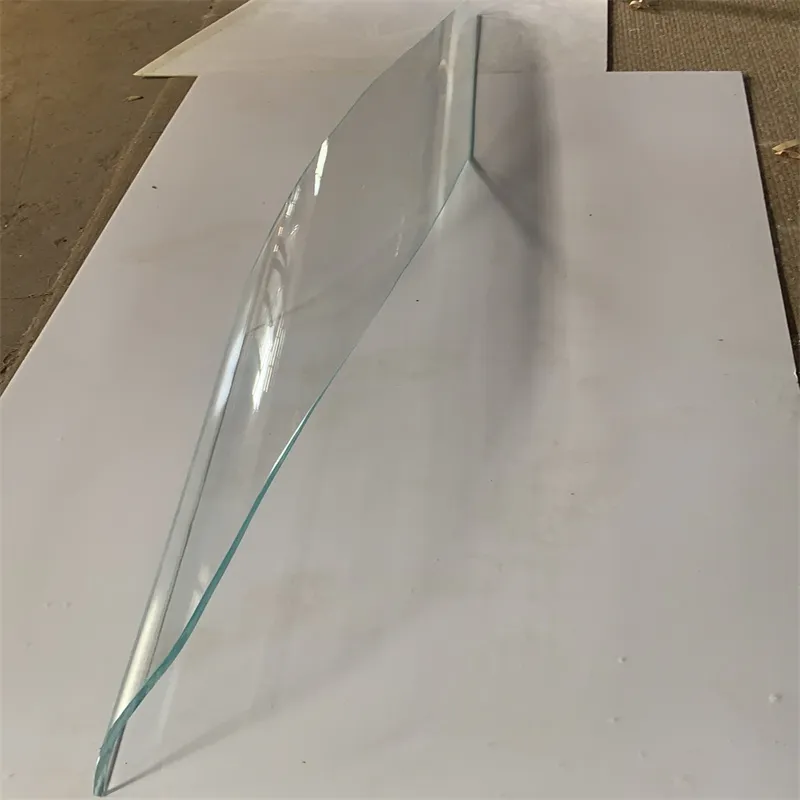Dec . 04, 2024 10:41 Back to list
Innovative Glass Wall Panel Designs for Modern Outdoor Spaces and Architecture
The Versatility and Appeal of Glass Wall Panels in Exterior Design
In recent years, architectural design has seen a remarkable evolution, with an increasing preference for materials that blend functionality with aesthetic appeal. Among these materials, glass wall panels have risen to prominence, particularly in exterior applications. These innovative panels not only enhance the visual attractiveness of buildings but also offer practical benefits that have led to their adoption in a variety of projects, from residential homes to commercial skyscrapers.
Visual Aesthetics and Natural Light
One of the most compelling reasons for the growing popularity of glass wall panels in exterior design is their ability to create a seamless connection between indoor and outdoor spaces. The transparent nature of glass allows for an abundance of natural light to flood interior areas, contributing to a bright and open atmosphere. This design approach minimizes the need for artificial lighting during the day and fosters a sense of inclusivity with the surrounding environment.
Moreover, glass wall panels can provide unobstructed views of the outdoors, enhancing the overall experience for occupants. Whether it’s a picturesque landscape, a vibrant urban setting, or a soothing garden, these panels allow the beauty of nature to become a living part of the interior space. The visual continuity created by large glass surfaces can transform mundane settings into inspiring environments, making them ideal for both residential and commercial applications.
Energy Efficiency and Sustainability
Beyond aesthetics, glass wall panels also contribute to energy efficiency in building designs. Advances in glass technology have led to the development of double and triple-glazed panels that significantly reduce heat transfer. These panels can be designed to keep buildings cool in the summer and warm in the winter, ultimately leading to reduced energy consumption. Furthermore, many modern glass panels are treated with low-emissivity (Low-E) coatings that reflect heat while allowing light to pass through, further enhancing their energy efficiency.
Sustainable building practices are becoming increasingly important in today’s construction industry, and glass wall panels can align with these goals. By incorporating features such as solar control and high-performance insulation, architects can design buildings that minimize environmental impact while maximizing comfort. This focus on sustainability not only benefits the planet but can also lead to long-term cost savings for building owners.
glass wall panels exterior

Durability and Maintenance
When selecting materials for exterior applications, durability is a key consideration. Glass wall panels are engineered to withstand various environmental conditions, including wind, rain, and temperature fluctuations. Today’s advanced glazing technologies produce toughened glass that resists impact and shattering, ensuring longevity and safety.
In terms of maintenance, glass wall panels are relatively low-maintenance compared to traditional materials. A simple routine of cleaning with standard glass cleaners can keep them looking pristine. Additionally, many manufacturers offer self-cleaning glass options that utilize a special coating to help break down dirt and grime, making maintenance even easier.
Design Flexibility and Innovation
Architects and designers appreciate the design flexibility that glass wall panels afford. They can be integrated into a variety of structural styles, from modern and minimalist to more traditional aesthetics. The capacity to customize shapes, sizes, and configurations means that glass panels can be tailored to suit specific design visions and functional needs.
Moreover, innovative design elements such as operable glass walls and sliding panels can enhance usability. These features allow for dynamic spaces where walls can be opened to create expansive areas for gatherings or closed for privacy. This versatility is particularly valuable in commercial settings, where space requirements can change rapidly.
Conclusion
As architectural trends continue to evolve, glass wall panels are increasingly recognized as a vital component of exterior design. Their ability to foster natural light, enhance aesthetic appeal, and contribute to energy efficiency positions them at the forefront of modern building practices. With their durability, low maintenance, and versatility, glass wall panels represent a harmonious blend of form and function that caters to the needs of contemporary architecture. Whether in a sleek urban high-rise or a cozy family home, these panels are proving to be an invaluable asset in creating beautiful, sustainable, and innovative spaces.
-
Safety and Style with Premium Laminated Glass Solutions
NewsJun.24,2025
-
Reinvents Security with Premium Wired Glass
NewsJun.24,2025
-
Premium Float Glass Line for Modern Architecture
NewsJun.24,2025
-
Low Emissivity Glass for Energy-Efficient Architecture
NewsJun.24,2025
-
High-Performance Insulated Glass Solutions for Modern Architecture
NewsJun.24,2025
-
Elevates Interior Style with Premium Silver Mirror
NewsJun.24,2025
Related PRODUCTS














